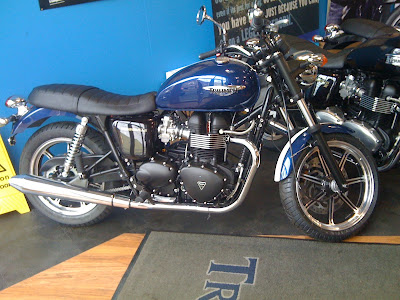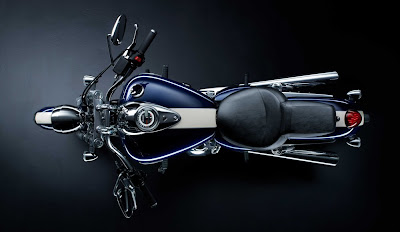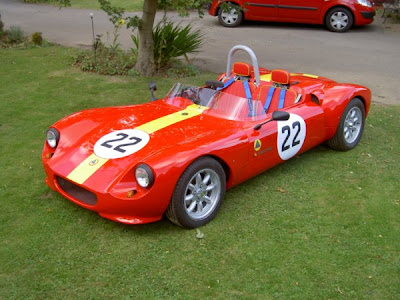Cracking the Colour Code!
OK a bit of an excuse! I haven't done any real work on the car over the Christmas period, too much singing!
What I have done is work out the colour coding for the Focus ECU loom. I tried Googling but have been unsuccessful finding the required information. So here goes!
My engine was supplied with the remnants of the Focus engine loom; it had been unceremoniously chopped off at the ECU. I want to use as many of the connectors and cables as possible. I have an Emerald K3 ECU, so I need to connect injectors, coil, idle air valve (IACV), coolant, air temp crank position (CPS), lambda and throttle position sensors (TPS), fuel pump, fan and tacho.
In general Ford looms use black wires for earth and brown for power. However this does not hold true for the engine loom.
Please be aware the the colours below are for a 1.6 Focus loom. Zetec powered Fiesta looms are similar but not the same.
Green / blue cable is an ignition switched live. It powers the injectors, coil, lambda heater and IACV.
Black cables with a trace colour are ECU controlled switched earths. These trigger the coils, injectors and IACV.
Brown wires with a trace colour are sensor grounds. These are for sensors that require an accurate ECU derived ground reference; connecting to the chassis won't do. These include the temperature sensors, TPS, CPS and lambda sensors.
White wires, solid or with a trace colour, carry signals from the temp sensors, TPS, CPS and lambda sensors.
OK so that's the high-level overview, now for the details.
Injectors
black / white cylinder 1 ECU 24
black / orange cylinder 4 ECU 24
black / yellow cylinder 2 ECU 23
black / blue cylinder 3 ECU 23
green / blue ignition +12v connect to power relay
Coil
black / green cylinders 1 and 4 ECU 25
black / orange cylinders 2 and 3 ECU 5 (watch out same as inj 4)
green / blue ignition +12v connect to power relay
(Not sure if the above is correct. I have switched 25 and 5)
Idle Air Control Valve
black / yellow switched earth ECU 3 (watch out same as inj 2)
green / blue ignition +12v connect to power relay
Coolant Temp
white / violet signal ECU 33
brown / white sensor ground ECU 30
Air Temp
signal ECU 16
sensor ground ECU 30
I don't have cable colours for this as the air temp sensor is in the Temperature and Manifold Absolute Pressure Sensor (TMAP) sensor in the Focus. Strangely the TMAP sensor is not mentioned in the Focus Haynes manual. Anyway I plan to use it. The K3 allows the temp sensors to be configured. It seems that Ford have standardised on the calibration of their temp sensors (air and coolant are the same).
0c = 94k ohms
50c = 11k ohms
100c = 2.2K ohms
I have not tried the above yet but will report back along with wire colours.
Throttle Position Sensor
brown / red sensor ground ECU 30
yellow +5v supply ECU 9
white 0 - 5v signal ECU 8
Crank Position Sensor
cable screen ECU 29 - one end only
white / red signal ECU 31
brown / red sensor ground ECU 32
Use shielded twisted pair microphone cable if not using Ford cable.
Lambda (Narrow)
white signal ECU 7
brown sensor earth ECU 18
green / blue relay controled +12v heater supply
black / yellow heater ground - connect to chassis
ECU pin 36 can be used as a switched ground to control the heater relay.
For wideband wiring see K3 manual.
Fan
ECU 6 switched earth
Fuel Pump
ECU 20 switched earth
Tacho
ECU 12 0-12v pulse
I think that's it! Please email me or leave a comment if I have made any errors.
Once I have tested the above, I'll post a page on the Sylva web site.













































